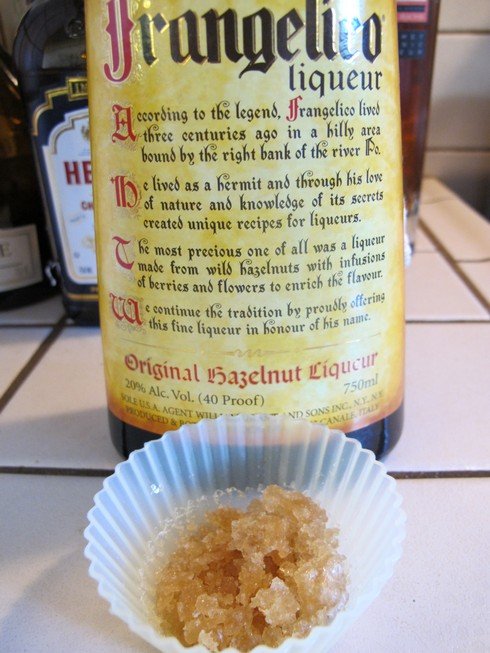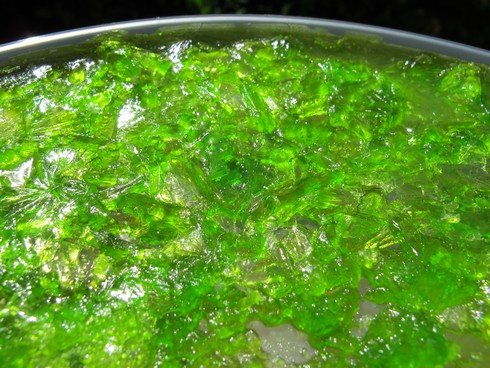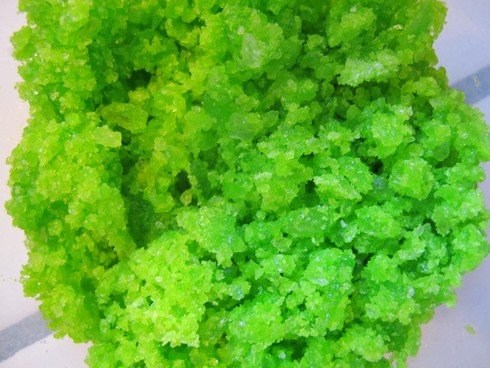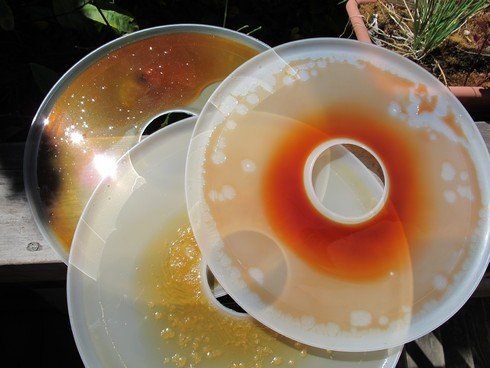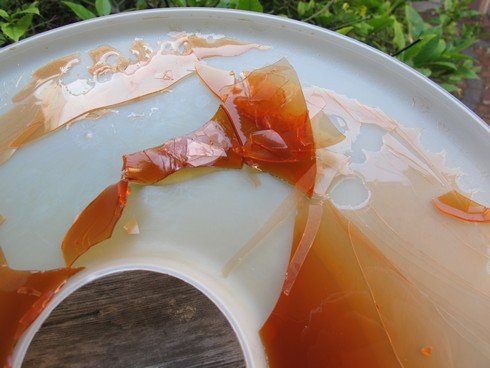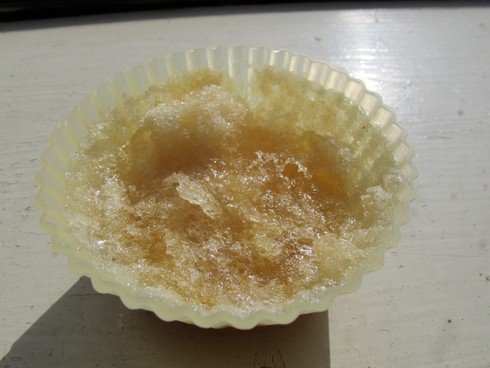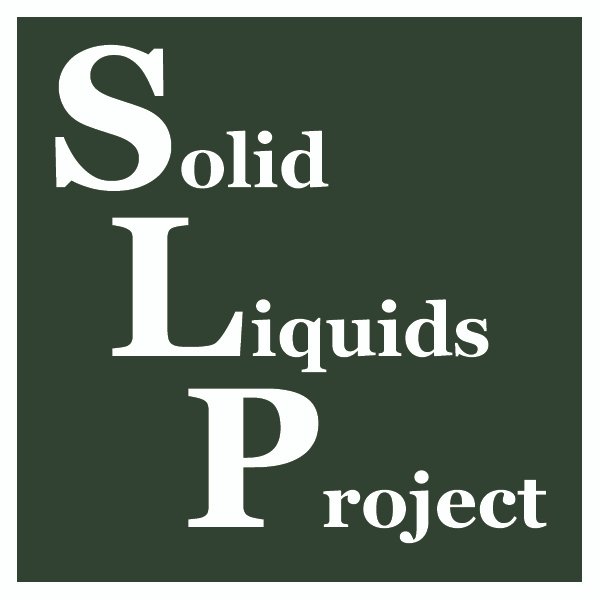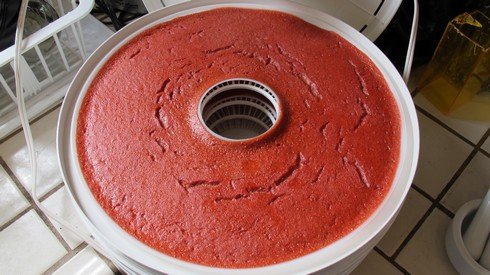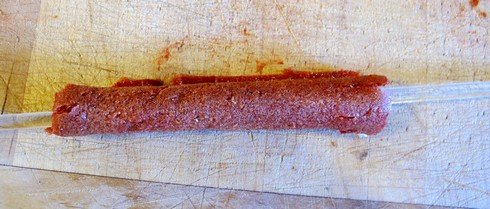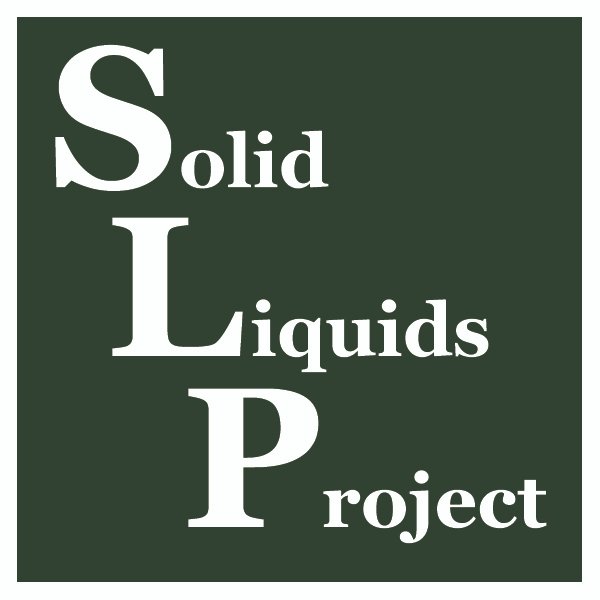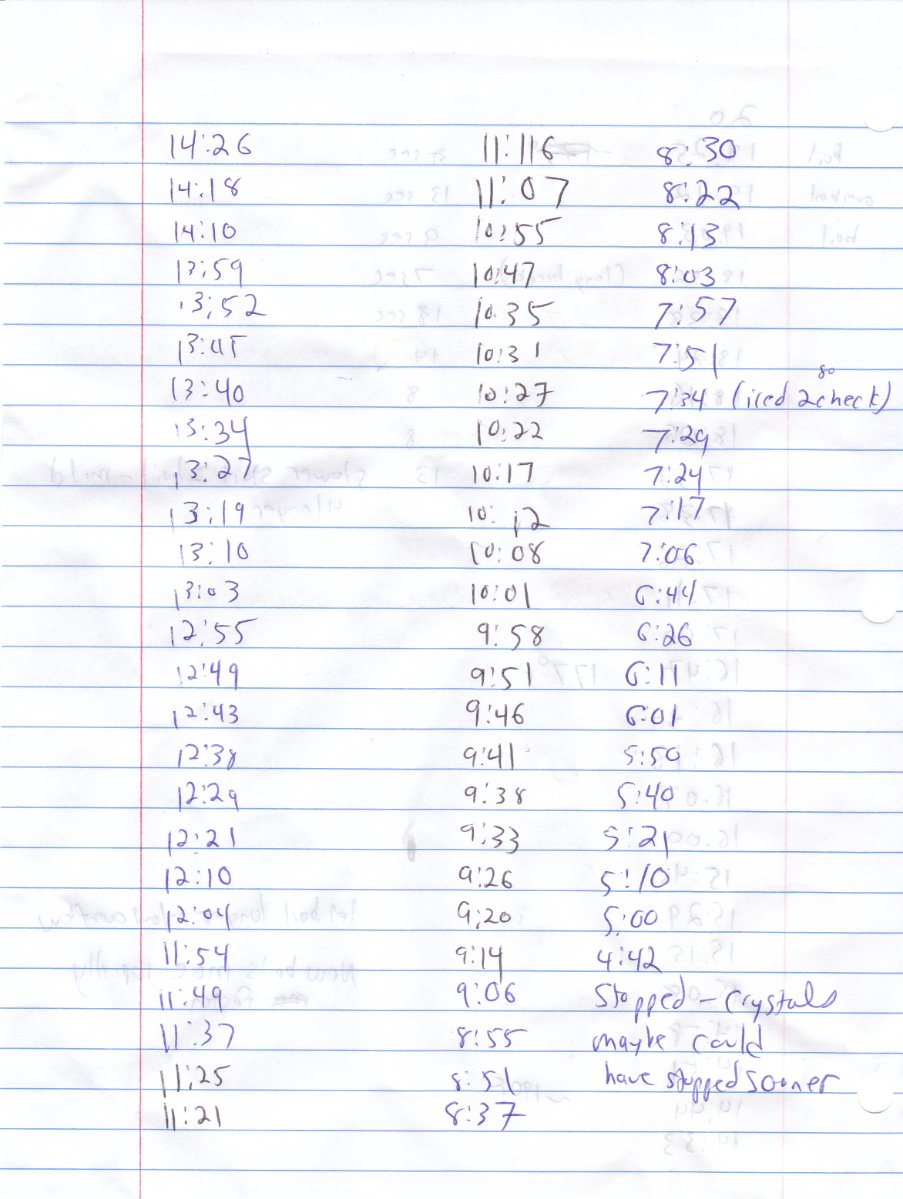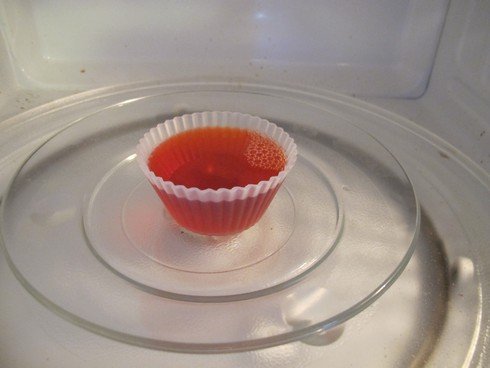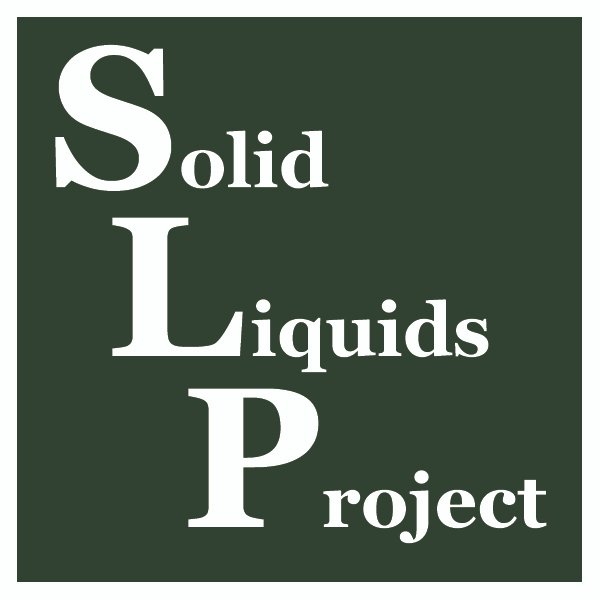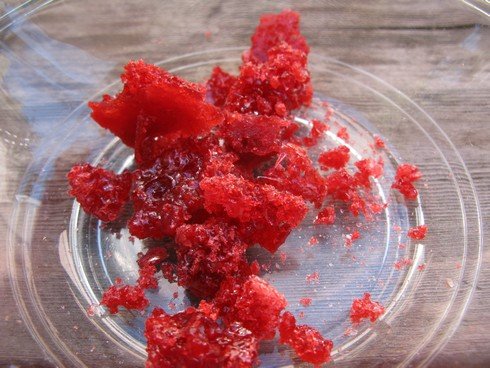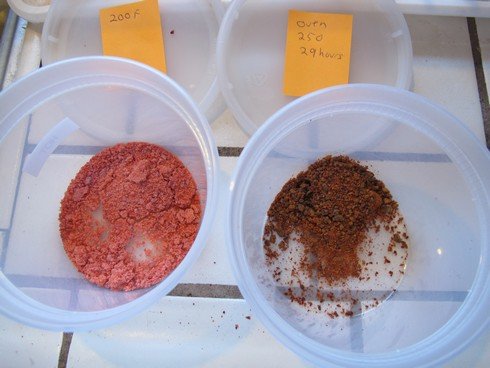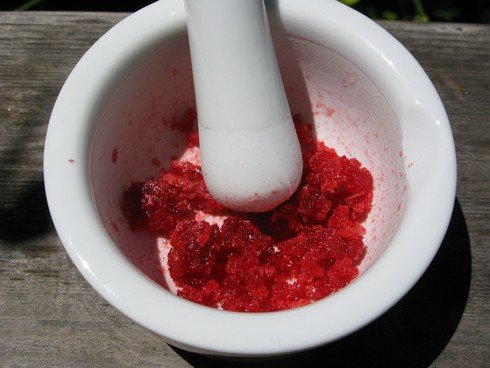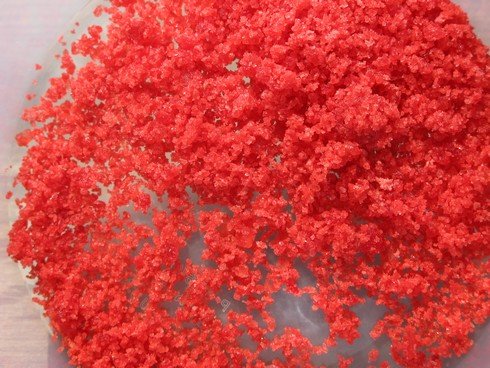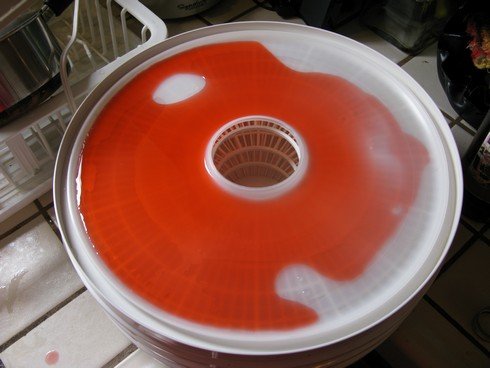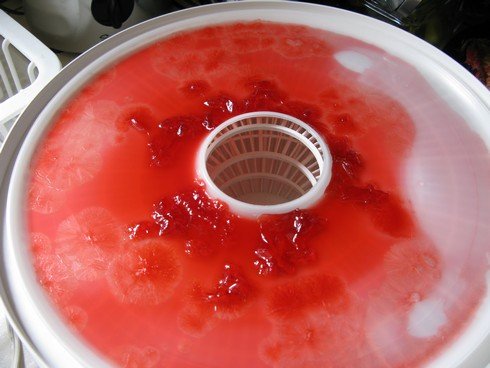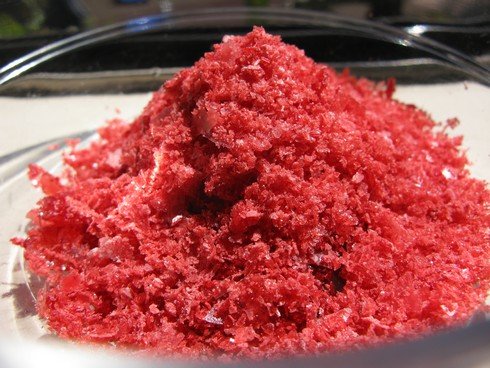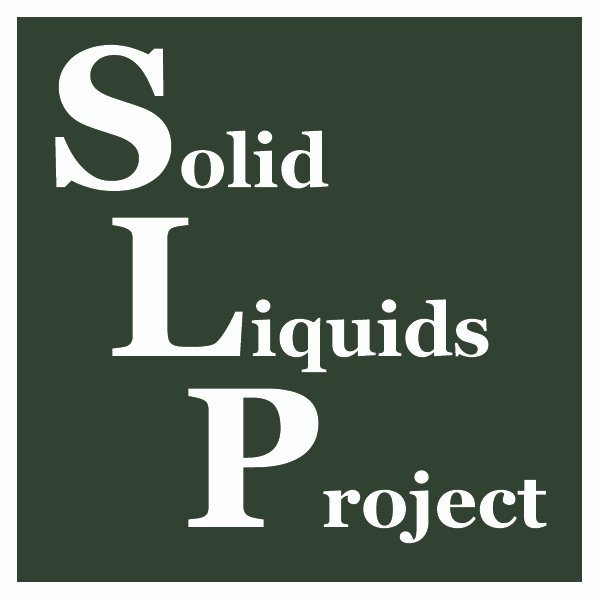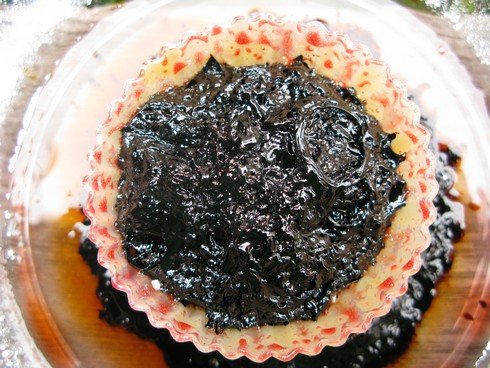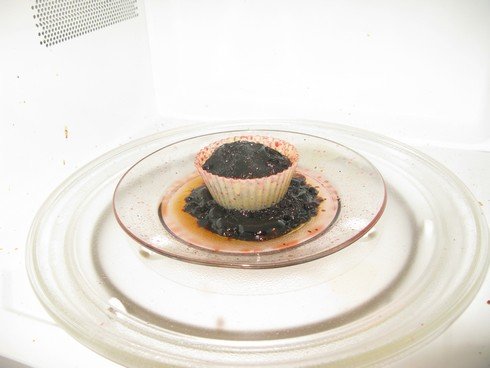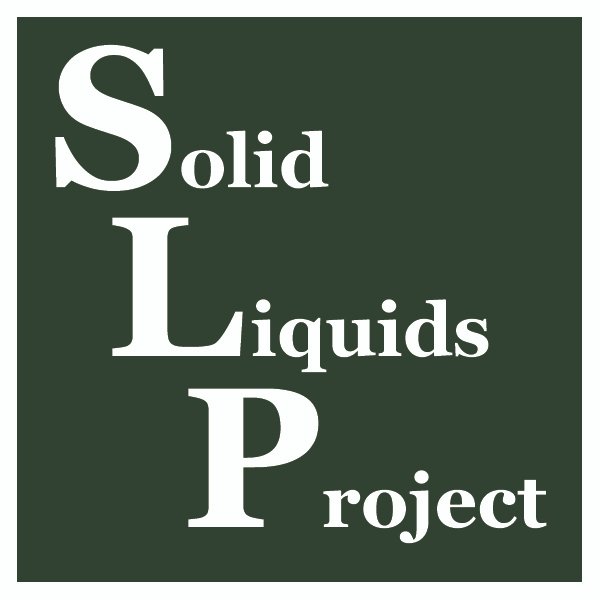 In the Solid Liquids Project I've experimented with various methods to dehydrate liqueurs into solids. I've found that not every liqueur does crystallize through conventional heating methods to boil off the alcohol and water. Ones that do not crystallize usually leave a thick, sticky, gummy glob at the bottom of their container.
In the Solid Liquids Project I've experimented with various methods to dehydrate liqueurs into solids. I've found that not every liqueur does crystallize through conventional heating methods to boil off the alcohol and water. Ones that do not crystallize usually leave a thick, sticky, gummy glob at the bottom of their container.
I have not figured out why some liqueurs don't crystallize, though I've had some theories.
Here is my list of liqueurs I've tried to crystallize (most of them in silicone cupcake cups in the oven) and whether or not it worked.
Liqueur Crystallization
| Liqueur | Crystallizes? | Notes |
| Campari | Yes | |
| Midori | Yes | |
| Amaretto | Yes | |
| Luxardo Maraschino | Yes | |
| Green Chartreuse | Yes | |
| Rhum Clement Creole Shrub | Yes | |
| Emmett's Irish Cream | Yes | Dairy |
| Aperol | Yes | |
| Tuaca | Yes | |
| Hiram Walker Triple Sec | Yes | |
| Licor 43 | Yes | |
| Creme de Violette | Yes | |
| DeKuyper Peppermint Schnapps | Yes | |
| Pallini Limoncello | Yes | Beet sugar |
| Disaronno | Yes | |
| Luxardo Bitter | Yes | |
| Cointreau | Yes | Beet Sugar |
| Mandarin Napoleon | Yes | |
| The King's Ginger | Yes | |
| Wild Turkey American Honey | No | Honey |
| X-Rated Fusion Liqueur | No | Fruit Juice |
| Hypnotiq | No | Fruit Juice |
| Irish Mist | No | Honey |
| Courvoisier Rose | No | Fruit Juice |
| Velvet Falernum | No- Squishy, thick | |
| Hiram Walker Gingerbread Liqueur | No- Mostly Solid | |
| Combier Roi Rene Rouge | No- Mostly Solid | Cherry Juice? |
| Firelit | No- Hard puck | |
| Potters Creme de Cacao | No-Thick, Squishy | |
| Hiram Walker Blueberry Schnapps | No- Soft Squishy | |
| Patron Citronge | No-Soft, squishy | |
| Barenjager | No- Crusty top gel beneath | Honey |
| Drambuie | No- Crusty top gel beneath | Honey |
| St.Germain | No- Crusty top gel beneath | |
| Cynar | No- Crusty top gel beneath | |
| Solerno | No- Gel | |
| J. Witty Chamomile | No- Crusty top thick gel beneath | Agave? |
| Benedictine | No- Crusty top gel beneath | Honey |
| Cherry Heering | No- Dense Gel | |
| Root | No- Solid Puck | |
| Kahlua | No- Full volume gel | |
| Domaine de Canton | No- Gel | |
| VEEV | No- Crisp, glassy puck | |
| Ancho Reyes | No- Crisp, glassy puck | |
| Creme Yvette | No- soft gel puck | |
| Bols Yogurt | No- brown, crisp | |
| Allspice Dram | No- thick gel | |
| Rothman & Winter Apricot | brittle clump | |
| Drambuie 15 | No- Crisp, sticky clear candy | |
| Pimm's | No- glassy shattering candy |
It is possible that your results may differ for some of these, or that you have tried other liqueurs with successes and failures to share. If so, please let me know in the comments.
The Solid Liquids Project index is at this link.

